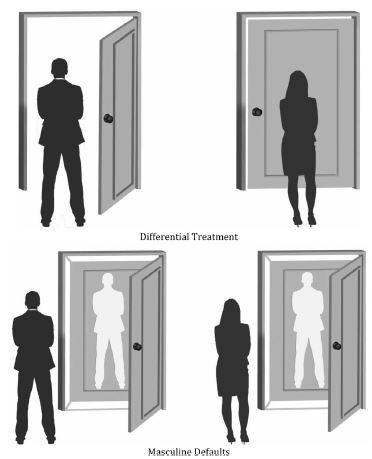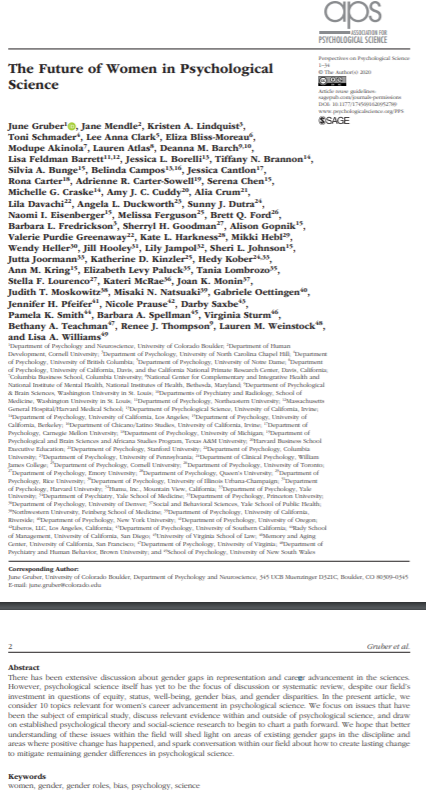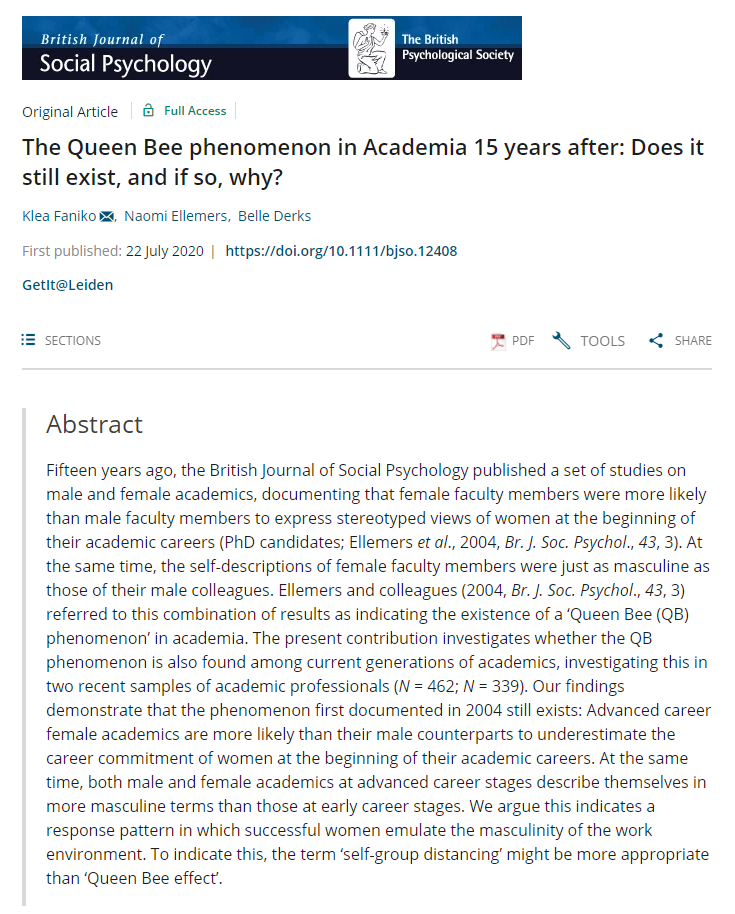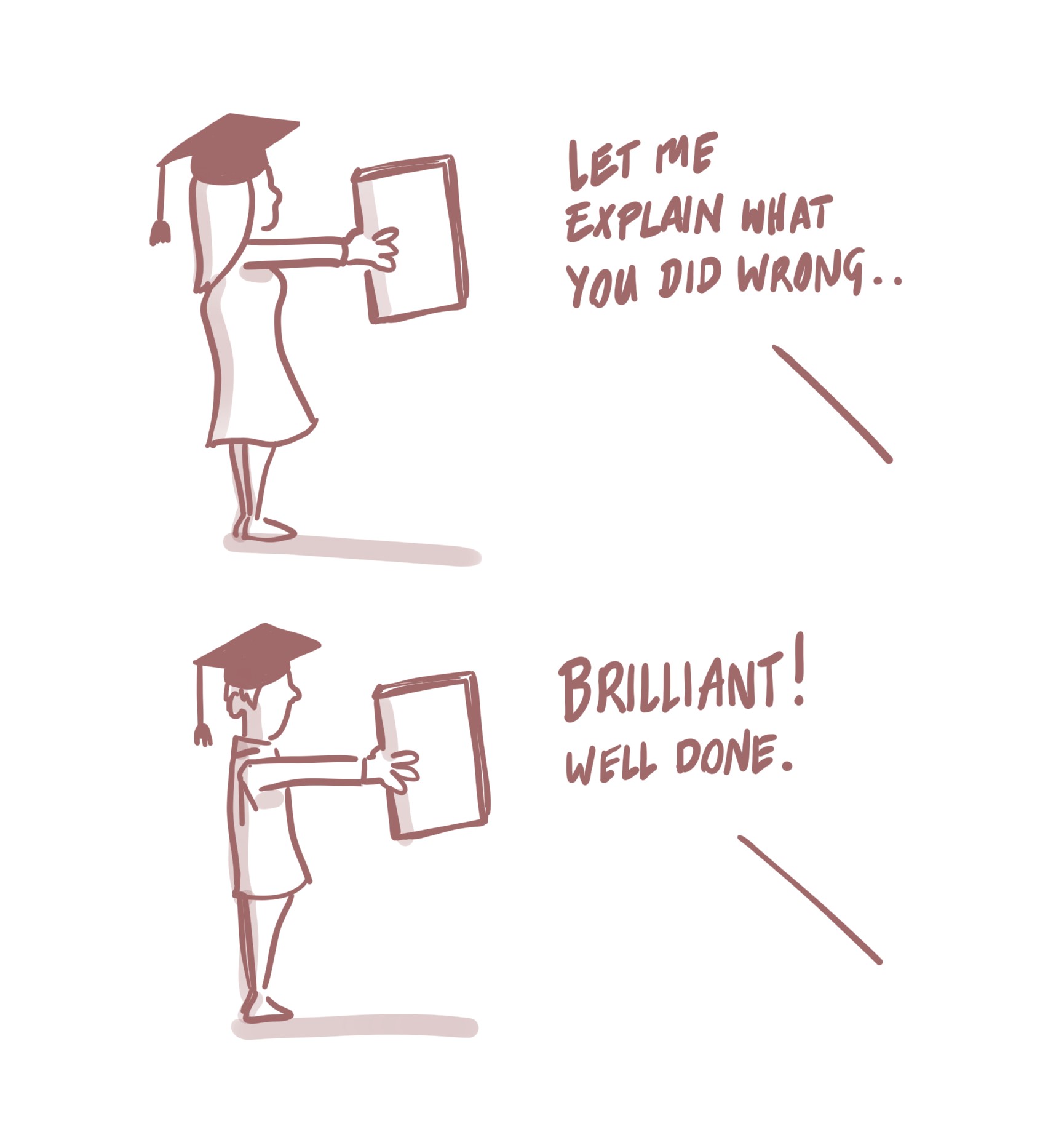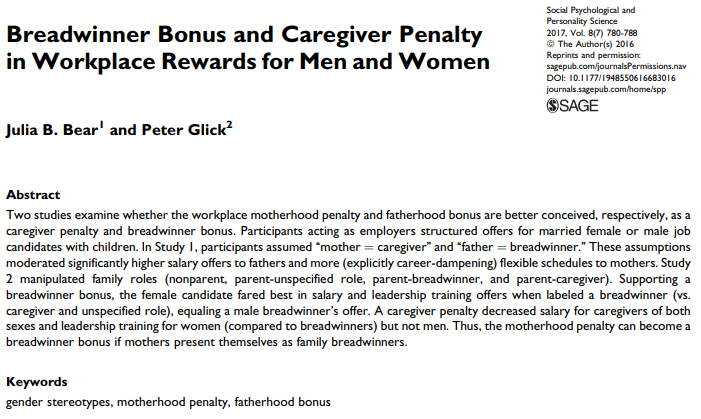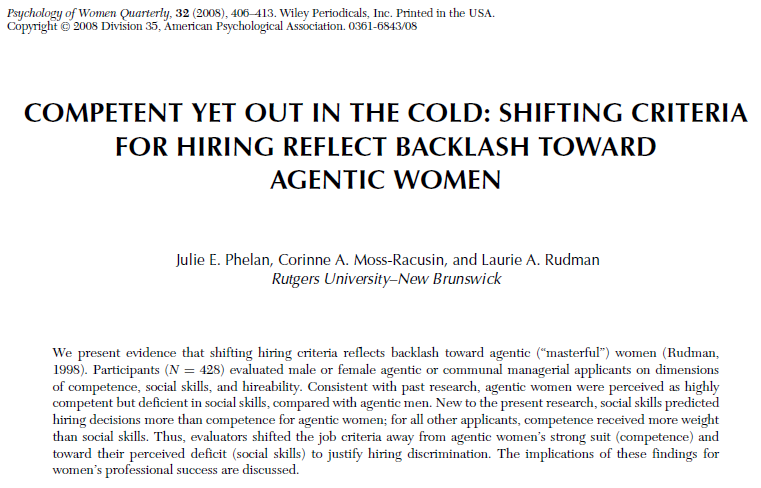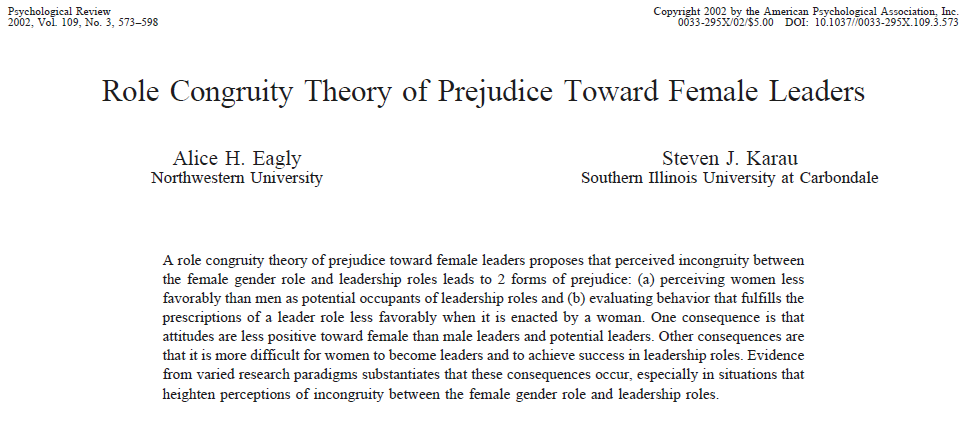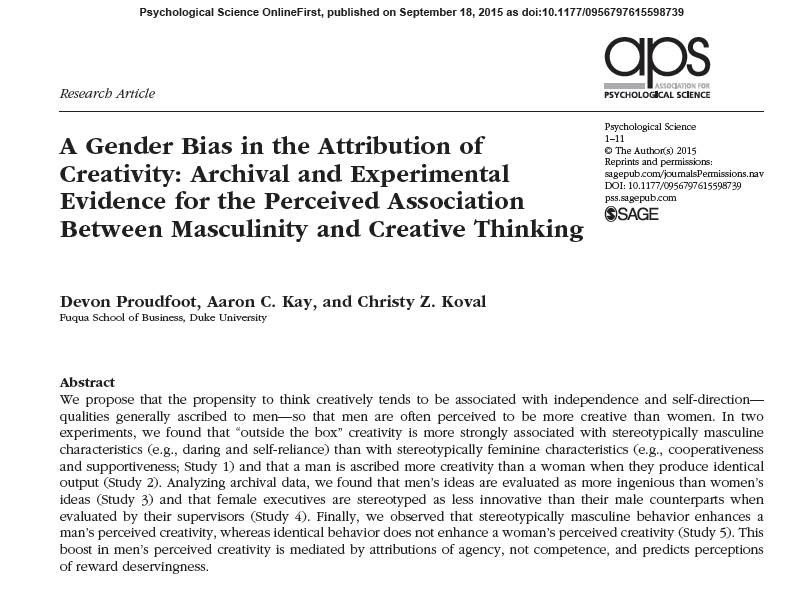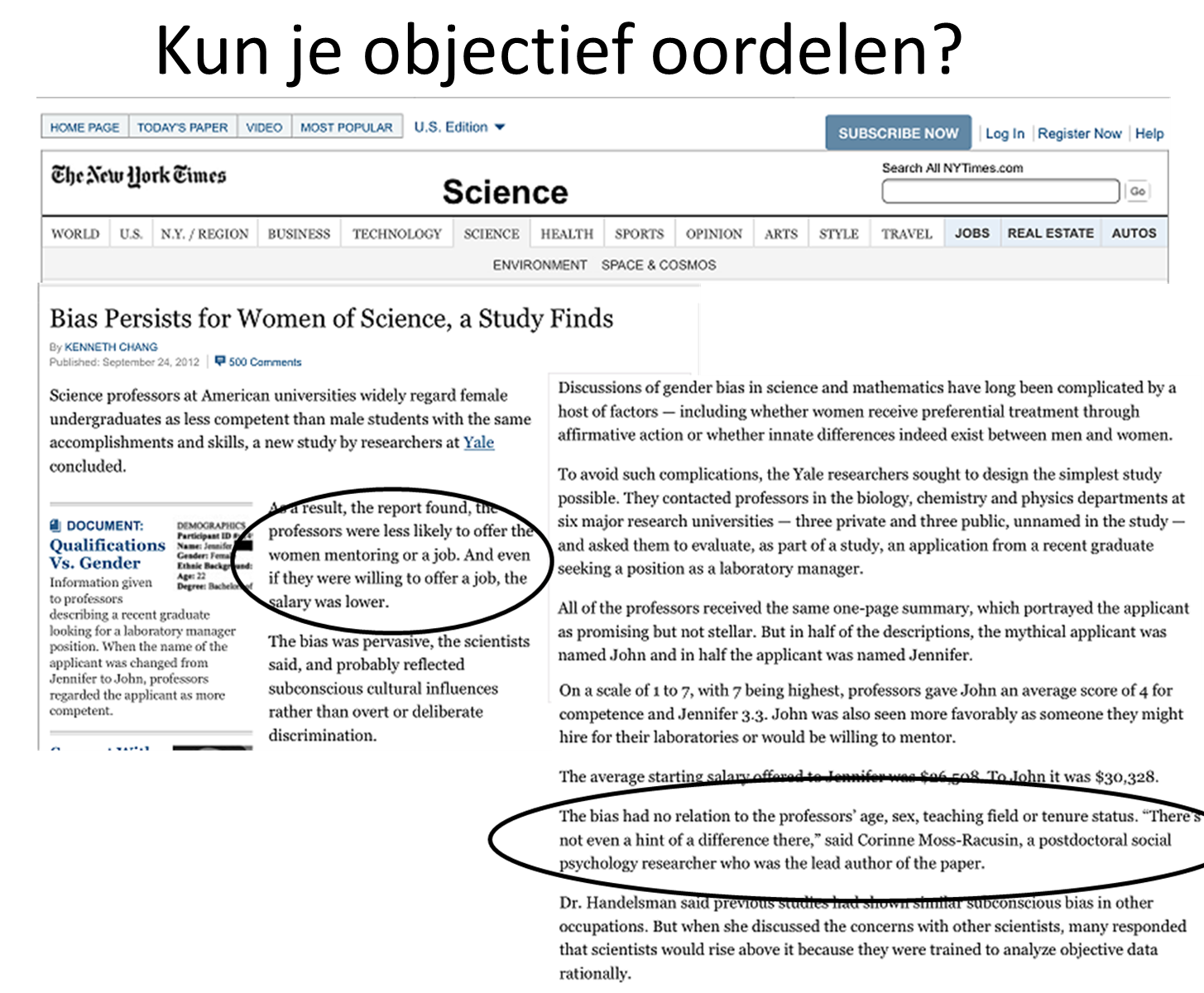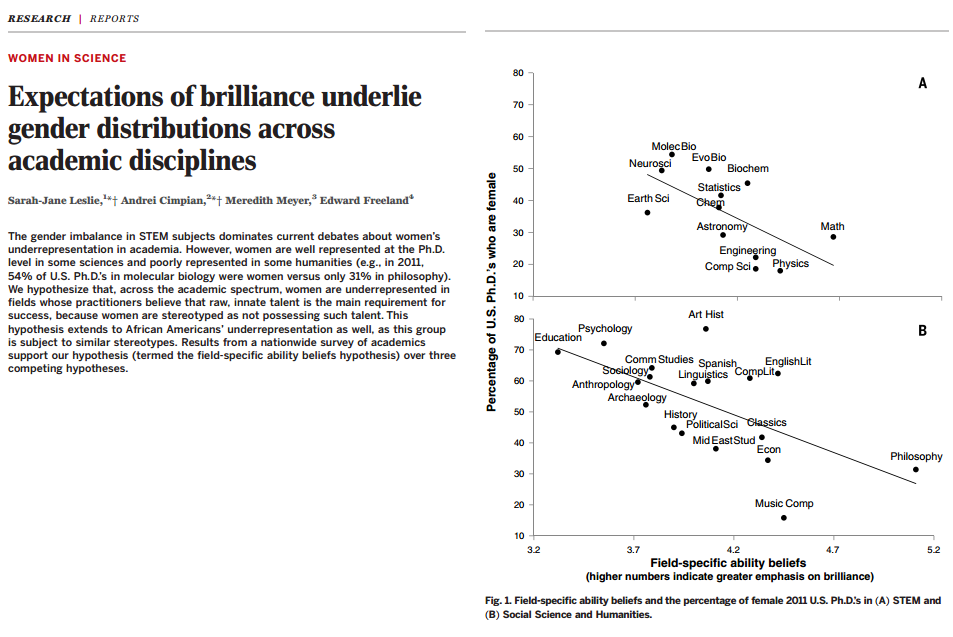Women are underrepresented in fields and occupations where men are in the majority. A major explanation for this lies in 'masculine defaults'. This is a form of gender bias in which characteristics and behaviors typically associated with men are rewarded and considered standard practice. Examples include independent, assertive and competitive. Although organizations seem to be increasingly aware of gender bias, gender equality will not be achieved if stereotypically male characteristics and behaviors continue to be favored in the workplace. Gender equality efforts will be more effective when 'masculine defaults' are recognized, acknowledged and countered. Read the full paper here.
Cheryan, S., & Markus, H. R. (2020). Masculine defaults: Identifying and mitigating hidden cultural biases. Psychological Review, 127(6), 1022–1052. https://doi.org/10.1037/rev0000209



